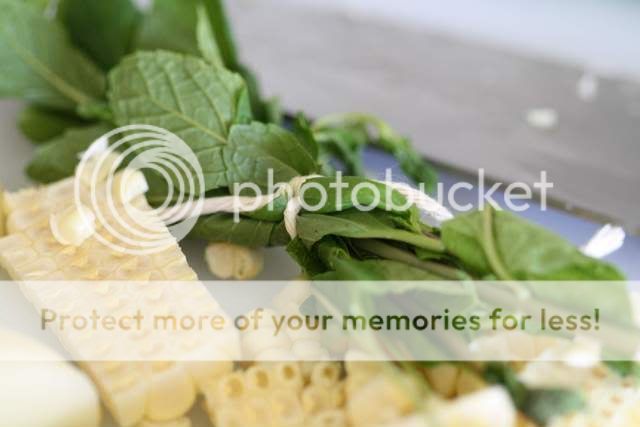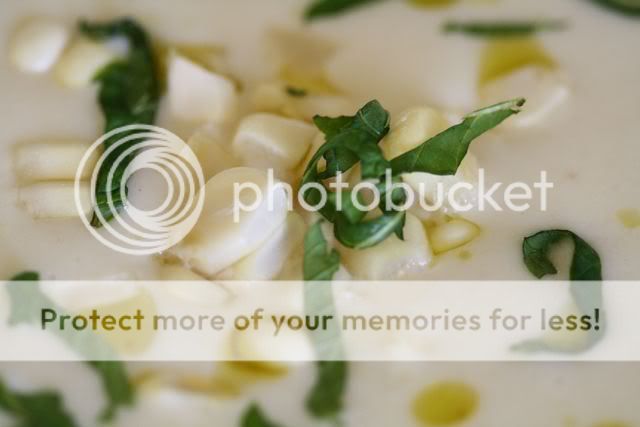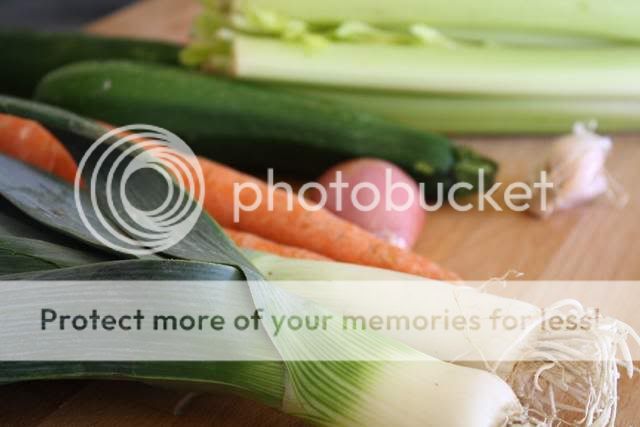
I’m very lucky to have a lot of friends and family that appreciate good food. It means I have lots of partners in crime when it comes to discovering a new favorite restaurant (
Animal), plenty of people to co-sign on my newly developed $30-a-weekend cheese habit, and best of all, no shortage of friends to try out my creations.
I was invited to a small gathering of some of these friends last weekend and, along with everyone else, was asked to prepare something for the meal. One of our friends is a vegetarian and that, along with the food’s portability, needed to be taken into consideration.
Pizza and flatbread creations always come to mind in these situations. They’re great finger food, easily transported and straightforward enough that I could make two – one with the vegetarian in mind and one for everyone else. To be sure to keep it simple, I decided to use puff pastry as my crust and turn my attention to the toppings.
Roasted vegetables seemed like the clear topping choice for a vegetarian. I decided to leave the selection of veggies open until I saw what looked good at the farmers' market. I don’t always like to do this because if I don’t have a focus, I tend to buy everything on site (as mentioned
here), but looking for good veggies to roast seemed like enough direction.
I settled on small red onions, petite carrots and brussels sprouts. If you can’t find these or don’t particularly like them, choose whatever vegetables you prefer to roast for the topping. Try to keep color in mind - the more vibrant the colors, the more appetizing your tart will look.
The meat toppings were a cinch. Shredded chicken along with ridiculously thick cut bacon I picked up at
Surfas matched perfectly with ricotta. I used fresh ricotta from Surfas, but if you’re feeling adventurous and want to make your own, you can find a recipe here.
I’m a carnivore to end all carnivores (just check out the menu at my new favorite restaurant listed above), but I have to say the vegetarian tart was my favorite. They were both delicious, but something about the way the roasted vegetables melded with the pea shoot pesto was really perfect.

Vegetable Puff Pastry Tart
1 small red onion
8 petite carrots (or 4 large)
1/2 basket of brussels sprouts (about 10)
2 T olive oil
3 – 4 thyme sprigs
1/2 sheet-sized piece puff pastry
1/2 recipe
pea shoot pestoEgg wash
1/2 cup shredded Cabra Romero
Salt and pepper to taste
Preheat oven to 400*
Cut the carrots on the diagonal into 1/8” thick pieces. Slice the onion so some of the rings remain intact. Quarter the brussels sprouts. Toss the vegetables with the olive oil and the thyme. Roast until beginning to soften and slightly brown on some edges (about 30 – 40 minutes). Leave the oven on at 400*. (recipe continues below)

Score the puff pastry with a pairing knife to create a 1-inch border. Spread the pea shoot pesto inside the border and use a pastry brush to apply the egg wash to the 1-inch border area (as shown above). Spread the roasted vegetables over the pea shoot pesto and bake the tart for 20 minutes. Remove from the oven and sprinkle the Cabra Romero over the vegetables. Bake for 5 – 10 more minutes until the cheese is melted and the border is golden brown.
Note – Cabra Romero is a hard Spanish goat cheese that is encased in rosemary. It’s faint note of herb is really delicious here, but if you prefer, a good parmesan would work as well.

Chicken and Bacon Puff Pastry Tart
1/2 sheet-sized piece puff pastry
Egg wash
1/2 recipe
pea shoot pesto1 roasted chicken breast
4 pieces of thickest cut bacon you can find
1 T olive oil
1/2 pound ricotta
Preheat oven to 400*
Score the puff pastry with a pairing knife to create a 1-inch border. Spread the pea shoot pesto inside the border and use a pastry brush to apply the egg wash to the 1-inch border area. Shred the chicken breast. You may use the method of taking two forks and pulling the chicken apart, but I prefer my hands. Cut the bacon into lardons (slices about 1/4" wide) and fry in olive oil. When well-browned, drain on paper towels. Spread the chicken and bacon evenly over the pesto and top with chunks of ricotta. Bake for 25 minutes until the ricotta is just starting to brown on some edges.





























